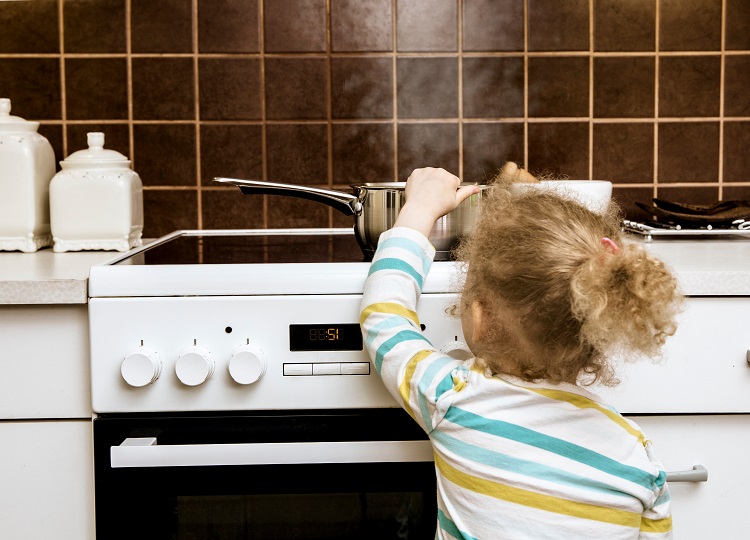The theme for 2023 National Burn Awareness Week (February 5-11) is “Scalds: Hot Liquids Burn Like Fire.”
A scald injury can happen at any age. Children, older adults and people with disabilities are especially at risk. Hot liquids from bath water, hot coffee and even microwaved soup can cause devastating injuries. Scald burns are the second leading cause of all burn injuries, according to the National Fire Protection Association (NFPA).
National Burn Awareness Week, an initiative of the American Burn Association, is a collaboration of burn, fire and life safety educators to make the public aware of the frequency, devastation and causes of burn injury. Additionally, this week aims to provide consistent and authoritative measures to prevent these injuries and how to best care for those that are injured.
In 2022, the Chattanooga Fire Department worked more than 290 structure fires, leaving eight people with injuries (burns or smoke inhalation), and there were five fire fatalities. Erlanger treated 368 patients, including 116 children, for burns in varying severities in 2022 through the health system’s emergency departments.
Keeping our loved ones safe from injury is important to all of us, but sometimes the thought of injury can overwhelm and be very traumatic. It is a good practice to prepare your home before the trauma happens.
Here are some important safety tips to prevent scald burns:
- Set your water heater at 120 degrees Fahrenheit/48 degrees Celsius or just below the medium setting.
- Use a thermometer to test the water coming out of your bath water tap.
- Run your hand through bath water to test for hot spots.
- Use back burners and turn pot handles toward the back of the stove so children cannot pull them down.
- Use oven mitts when cooking or handling hot food and drinks.
- Stir and test food cooked in the microwave before serving. Open heated containers away from you from back to front.
- Keep children away from the stove and areas where hot food or drink is prepared or carried. Establish a “kid-free zone” of at least three feet (one meter).
- Keep hot drinks away from the edge of tables and counters. Avoid using tablecloths and placements.
- Use a travel mug with a tight-fitting lid for all hot drinks.
- Never hold or carry a child while you have a hot drink in your hand or when you’re cooking.
Burn injuries continue to be one of the leading causes of accidental death and injury in our nation where tragically, children, the elderly, and the disabled are especially vulnerable to burn injuries, and almost one-third of all burn injuries occur in children under the age of 15. Compared to the overall population, children under five were two times as likely to be seen for burn injuries at a hospital emergency department.
Significant research and medical advances have dramatically improved burn care and treatment, aided rehabilitation, shortened hospital stays, and increased burn survival rates. Aftercare support for the physical and emotional effects of burns has also played a key role in the successful reintegration of burn survivors into our communities. Furthermore, burn safety education and prevention efforts continue to reduce the number of people who suffer burns each year.
Many people devote their lives and careers to treating, caring for, supporting, and rehabilitating burn injury survivors, including those performing vital work in burn research and development. There are dedicated firefighters who risk their own lives every day to protect others, as well as burn foundations and other life safety professionals who promote burn injury awareness and prevention.
Visit Erlanger Heath System’s Trauma web page to find out more about our trauma services.







